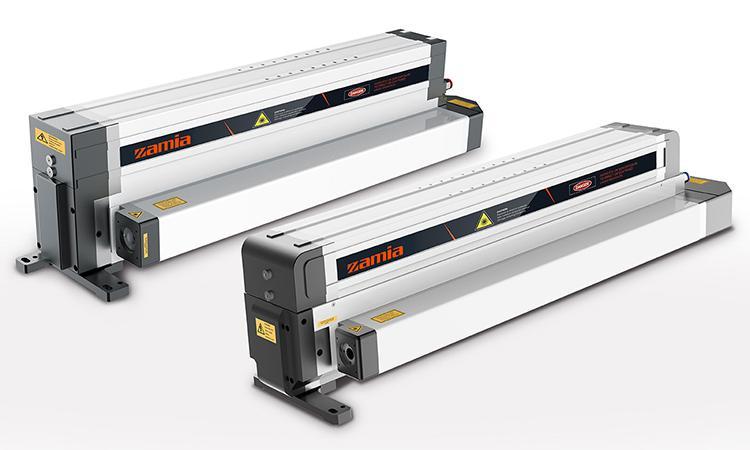Meat is an important ingredient on the daily table. Pork, mutton, and beef are three important choices. To ensure the safety of pork, the traditional blue badge on the surface of the pig skin was used to achieve "standard" supervision of live pigs. As the "Animal Quarantine Seal" and "Quality Inspection Seal" were not clear, the counterfeiting methods were simple and easy to be forged, leaving criminals with regulatory loopholes, causing problems such as sick and dead pigs, illegal slaughter of pigs and water injected pigs to enter the market.
Meat safety urgently needs a method that is safe, effective, easy to implement, easy to implant in the existing regulatory system, and not easy to lose identification information, to improve the organization and information level of meat circulation, and enhance the ability of food safety assurance.
Since 2010, the Ministry of Commerce has carried out a pilot project of "construction of a traceability system for the circulation of meat and vegetables" in cities where conditions permit. On the basis of the pilot work, the "SB/T10570-2010 Slice Pork Laser Engraved Identification Code Printing Application Specification" was issued to guide the development and technological progress of the industry. According to the requirements of 6, 1, 3, and 2 of the specification, “the front, middle and back of each pig should be burnt with laser markings”. Slice pork laser engraving is to use a laser beam to engrave a permanent mark on the skin of a slice pig. Among the many lasers, which laser should be selected?
There is a large demand for meat surface marking, and lasers with mature industrial application technology should be selected. Lasers with mature industrial applications include mid-infrared CO₂ lasers, near-infrared fiber lasers, semiconductor lasers, end-pumped lasers; semiconductor lasers in the visible light band, He-Ne lasers, end-pumped lasers; end-pumped ultraviolet lasers in the ultraviolet band, etc. . There are many lasers with mature technology and low cost to choose from. Among them, the infrared wavelength CO₂ laser is easily absorbed by organic matter when marking pigskin. The moisture in the pigskin quickly and efficiently absorbs the laser, causing thermal effects, causing collagen to shrink, discoloring the surface of the pigskin, vaporizing some tissues, and producing depressions, marking, forming a clear and complete marking code. The effect is ideal.
In 2017, Shenzhen issued the guidance document "Slice Pork Carving Quarantine Mark", which made the following requirements for the contents of the mark:
In the guidance document, the requirements for the appearance of laser engraved content are put forward: the engraved handwriting and patterns should be dents, clearly identifiable, uniform in color, and no excessive local burning.
Different slaughterhouses have different processing speeds. Take the requirements for the content of the Shenzhen pork laser marking as an example. If the processing speed is lower than 400 pieces per hour, a 100W~200W CO₂ RF laser can be used.

SPT Q Series CO2 RF Laser
The pig slaughterhouse has a large production volume, a humid production environment, and oil stains during marking. The laser is maintenance-free, has compact size and high safety. The CO₂ RF laser has high electro-optical efficiency, easy modulation, long life, no high voltage, and is maintenance-free, which can well meet the requirements of the slaughterhouse for the laser. According to the requirements of the slaughterhouse for the laser and the power range required by the production line, the ZAMIA series of CO₂ RF lasers are designed for dust and water resistance, with a protection level of IP66. The CO₂ radio frequency laser + front focusing system + high-speed scanning galvanometer can fully achieve the processing effect required by the slaughterhouse.
In 2017, China consumed 54.87 million tons of pork. Excluding imported supplies, it produced approximately 730 million pigs. If the country imposes mandatory requirements on this, and promotes pork laser quarantine marking nationwide, it is a huge demand based on the calculation of 700 pigs per production line per hour. If you consider the promotion of laser marking for mutton and beef, the demand for laser engraving in the entire meat market will be further expanded.
It can be analyzed from this that the CO₂ RF laser will play an important role in meat safety, and it has broad application and development prospects in meat safety labeling.


